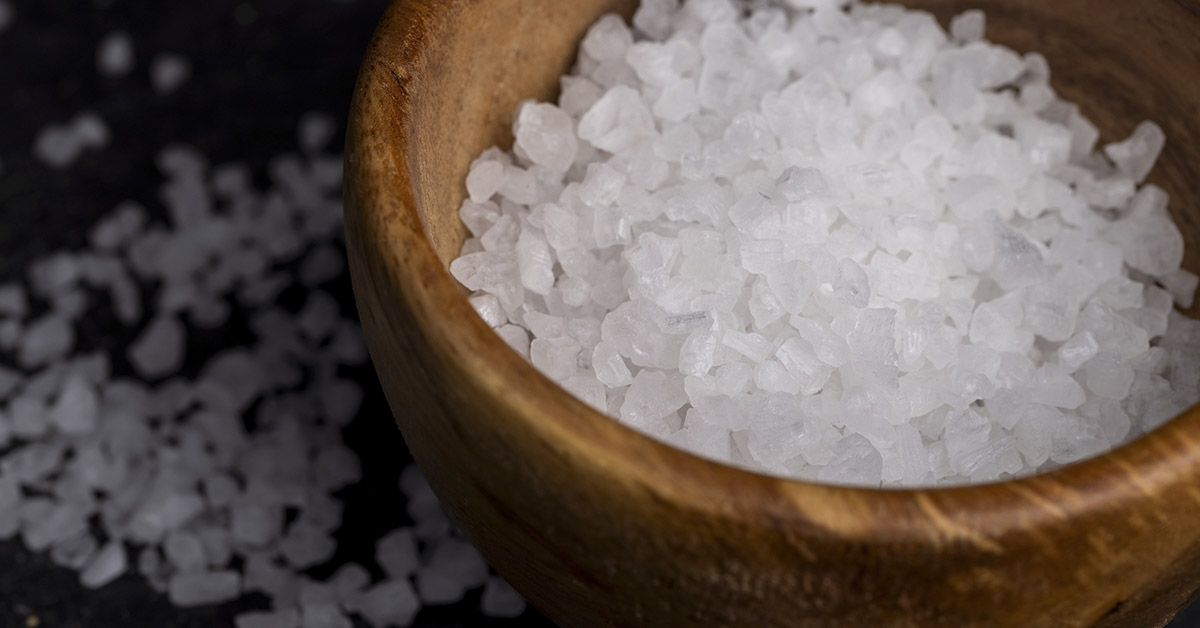For decades, salt has been portrayed as a dietary villain. Studies show that most Americans consume nearly 3,400 mg of sodium per day. These levels are far above recommended limits, raising alarm over heart health and high blood pressure. But does salt truly deserve its bad reputation?
This article examines whether scientific evidence fully supports the negative perception of salt. We’ll explore the complex role of sodium in the body, the evolution of dietary guidelines, and the health implications of both high and low salt consumption.
The Origins of Salt’s Bad Reputation
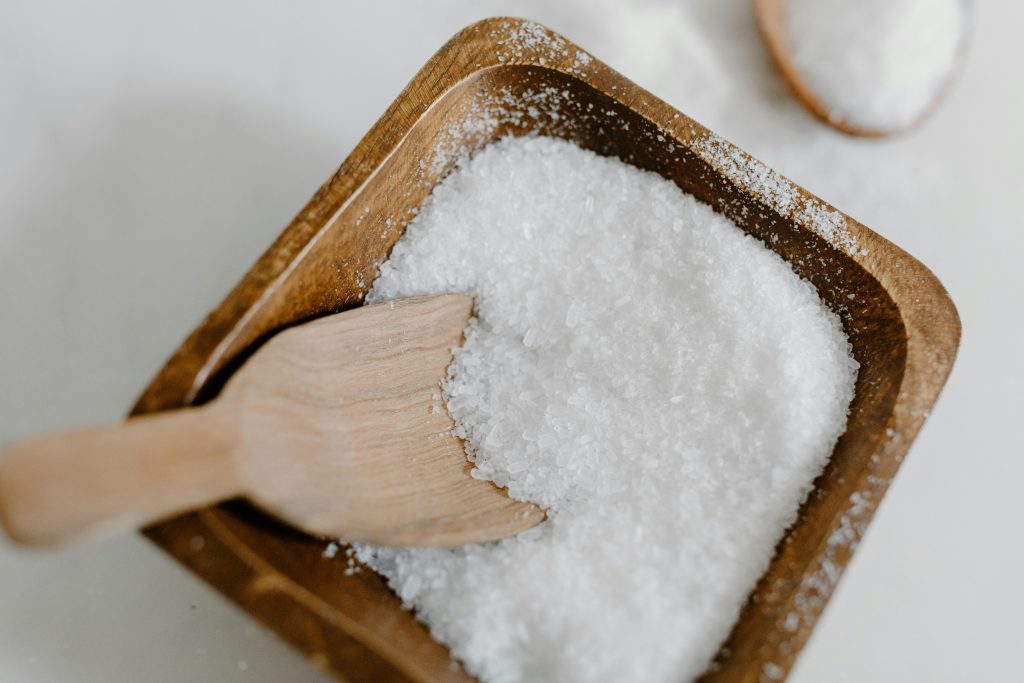
All salts contain sodium, but not all sodium comes from the salt shaker. Table salt is about 40% sodium by weight, with the remainder being chloride. The connection between high sodium intake and elevated blood pressure was first observed in the early 20th century. In 1904, researchers found that reducing salt could lower blood pressure in hypertensive patients. The “rice diet” of the 1940s, an extremely low-sodium, low-protein regimen, further reinforced this idea after showing significant improvements in patients with hypertension.
These early findings shaped public policy. Influenced by such findings, government agencies like the American Heart Association (AHA) and the FDA developed sodium guidelines to curb heart disease and stroke risk. Media coverage often distilled complex science into simple headlines: “Salt is bad for you.” This message stuck, despite nuances in the data and variations among individuals.
What Sodium Does in the Body
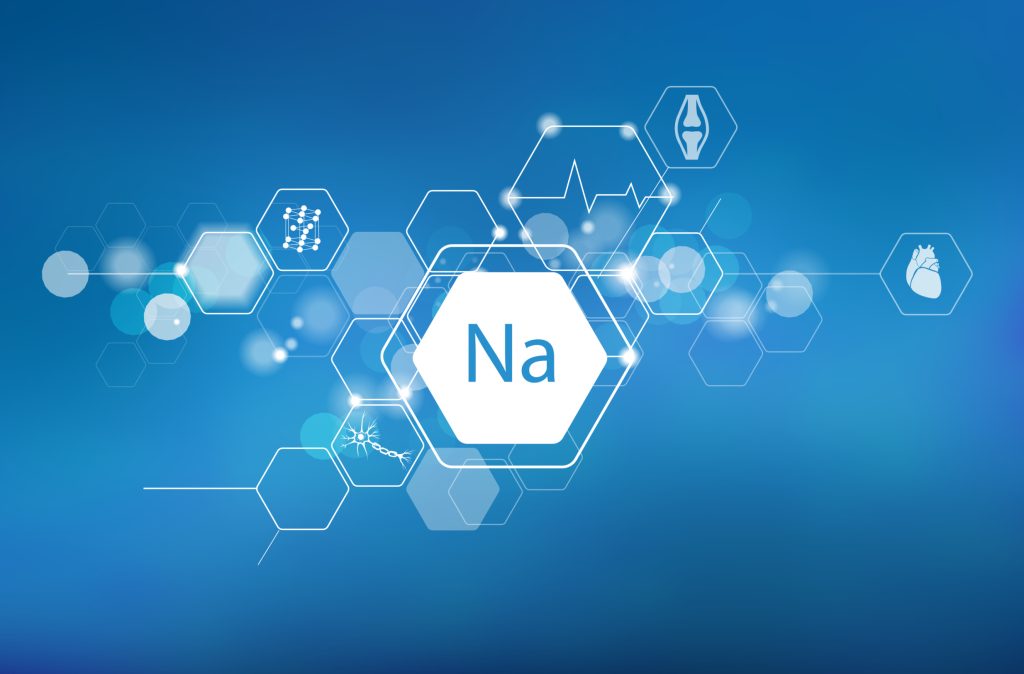
Sodium is one of the body’s most important electrolytes and is vital for a range of physiological processes:
- Nerve Transmission: Sodium ions are crucial for transmitting electrical signals in nerves. The sodium-potassium pump—a protein embedded in cell membranes—moves sodium and potassium ions in and out of cells. This generates the electrical impulses that power our nerves and muscles.
- Muscle Function: Sodium helps coordinate muscle contractions, including those of the heart. The body needs adequate sodium levels to prevent muscle cramps and maintain normal function.
- Fluid and Electrolyte Balance: Sodium helps regulate blood volume and the balance of fluids inside and outside cells, tightly coordinated by the kidneys and various hormones. This balance is essential for maintaining blood pressure and cellular health.
- Nutrient Absorption: Sodium assists in the absorption of nutrients and glucose in the small intestine, ensuring cells receive what they need for energy and growth.
Sodium Guidelines:
- Minimum Requirement: Studies show that 200–500 mg/day is sufficient for healthy adults to function normally.
- Recommended Limits: Most public health guidelines suggest less than 2,300 mg/day, with some pushing for 1,500 mg/day for at-risk populations.
- Actual Intake: Most Americans consume about 3,400 mg/day, well above both the minimum need and official recommendations.
The Case Against Salt: Health Risks
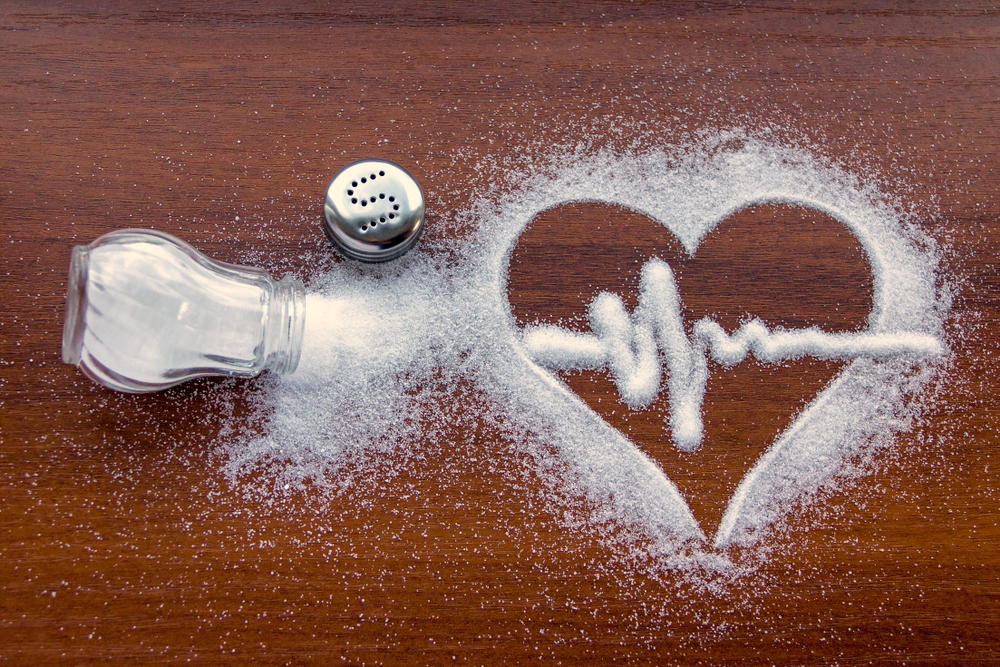
The primary health concern with excessive sodium is hypertension (high blood pressure). Meta-analyses and clinical trials confirm a strong linear relationship: more sodium often equals higher blood pressure, particularly in those already predisposed.
- Cardiovascular Disease Risk: Every additional gram of sodium per day may increase cardiovascular risk by approximately 6%. High sodium intake is associated with a 19% increased risk of CVD, as well as stroke and kidney disease.
- At-Risk Groups: Some populations are especially vulnerable:
- Older adults
- People with chronic kidney disease
- Black people: have shown evidence of greater salt sensitivity and higher rates of salt-induced hypertension
- Older adults
The Case for a More Nuanced View

Despite decades of public health campaigns urging reduced sodium intake, recent research suggests the relationship between salt, blood pressure, and disease is more complex than once thought. Not everyone responds to sodium the same way: while some individuals experience significant increases in blood pressure with higher salt consumption, others show little or no change.
Emerging evidence also indicates that both very high and very low sodium intake may be associated with increased health risks, suggesting that a moderate intake may be optimal for most people. Furthermore, individual sodium needs vary based on genetics, health status, and lifestyle, making population-wide recommendations less precise.
Several expert groups continue to debate guideline thresholds, often modifying recommendations as new findings emerge, illustrating the ongoing scientific debate over salt’s health impact.
Where Salt Hides And How to Be Smarter About It
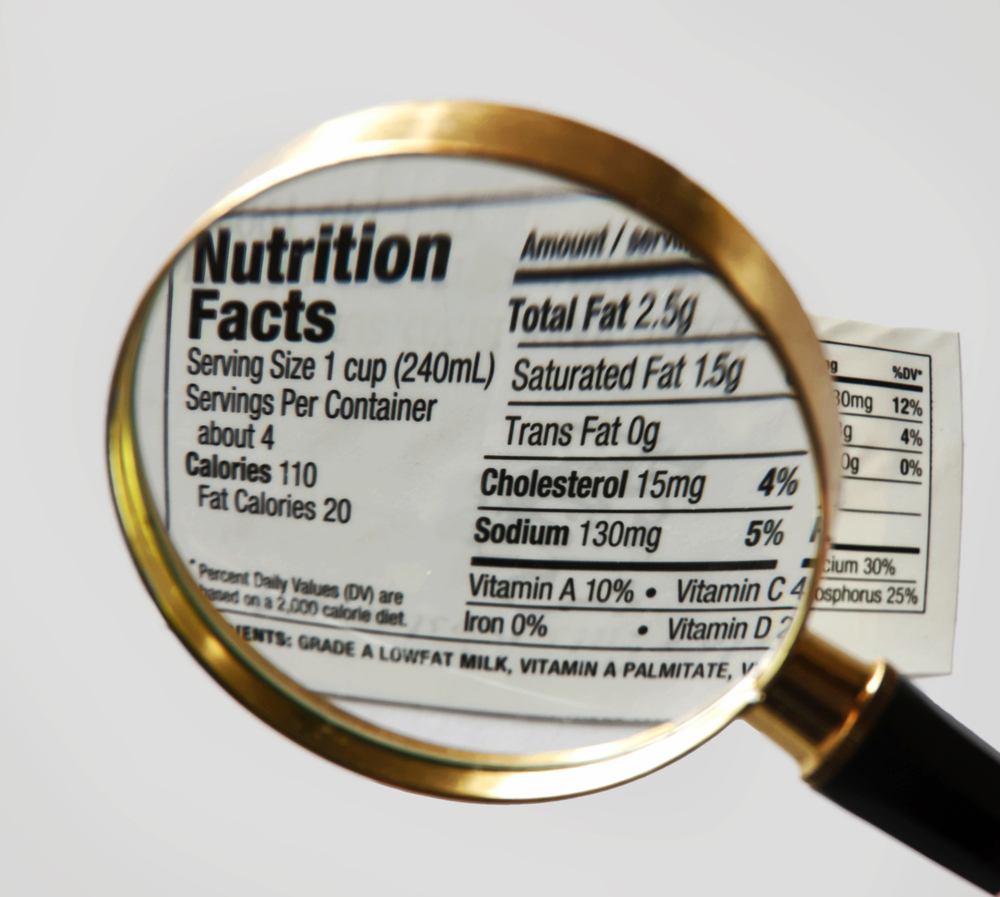
According to the FDA, about 70% of dietary sodium comes from processed and restaurant foods, not the salt you add at the table. Even foods that don’t taste salty—like bread, cereals, and sauces—can be high in sodium.
Smart sodium strategies:
- Read Nutrition Labels: Watch sodium per serving, especially in soups, processed meats, and snacks.
- Cook at Home: Preparing meals yourself gives you control over how much salt is used.
- Use Flavor Alternatives: Herbs, citrus, garlic, and vinegar can add depth without the sodium load.
What Should We Believe About Salt?

Salt isn’t an enemy, but it isn’t harmless either. It plays a vital role in our health, but like many things, too much or too little can be harmful.
Its health effects depend on context: personal risk factors, genetic predisposition, and overall diet quality. Reducing excessive sodium is prudent, especially for vulnerable groups, but extreme restriction may not be necessary, or beneficial, for everyone. Be sure to consult your healthcare provider to determine the right amount of salt for your individual health needs. Focus on whole foods, moderation, and thoughtful choices, rather than blanket rules.
The more important question may not be “Is salt bad?” but rather, how have simple, sweeping health messages shaped our habits, and can we make better, more informed decisions for ourselves?
Disclaimer: This information is not intended to be a substitute for professional medical advice, diagnosis or treatment and is for information only. Always seek the advice of your physician or another qualified health provider with any questions about your medical condition and/or current medication. Do not disregard professional medical advice or delay seeking advice or treatment because of something you have read here.
Read More: Are Pink Himalayan, Sea, Celtic, Table Salt And Others All The Same?
